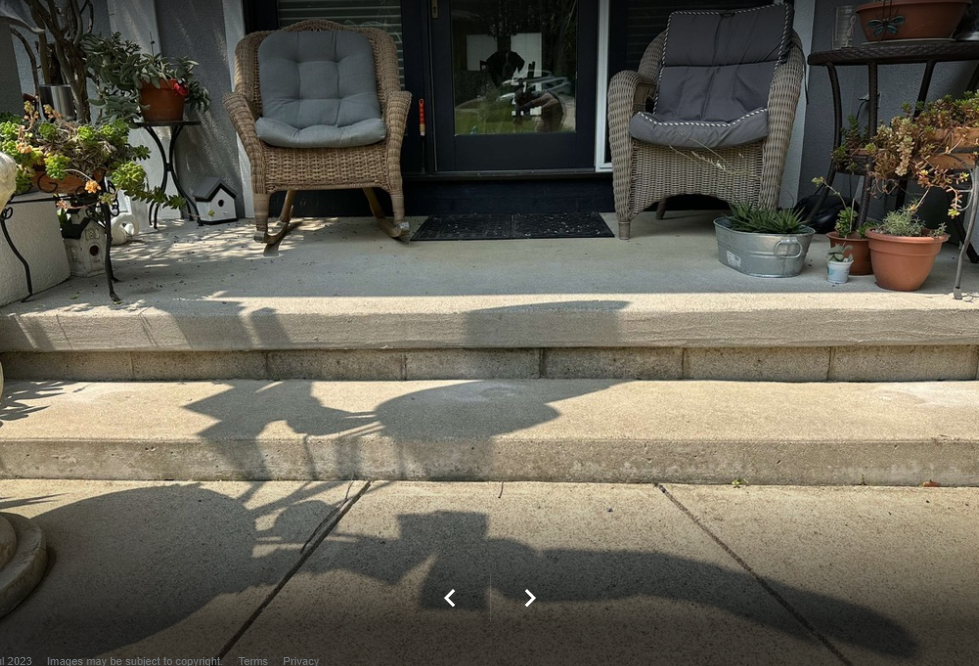Imagine lounging by your beautiful pool, soaking up the sun’s rays, only to find yourself teetering on an uneven surface that threatens to send you tumbling into the water. A wobbly pool deck not only ruins the ambiance but also poses a serious safety risk. Don’t let an unlevel pool deck dampen your poolside paradise! In this article, we unveil the secrets to achieving a perfectly level pool deck that ensures both stability and aesthetic appeal. Get ready to dive into the world of pool deck leveling and discover how this simple yet crucial process can transform your pool area into a safe and stunning oasis.
A pool deck is a crucial component of any swimming pool, providing a safe and aesthetically pleasing area for lounging, sunbathing, and socializing. However, over time, pool decks can experience settling, sinking, or unevenness, which can lead to various problems. To maintain safety, stability, and visual appeal, it is essential to ensure that the pool deck is properly leveled. In this article, we will explore everything you need to know about leveling a pool deck, including its importance, signs of an unlevel deck, causes of unevenness, and the leveling process.
Importance of Leveling a Pool Deck
Leveling a pool deck is of paramount importance for several reasons:
- Safety: An uneven or sloping pool deck can pose significant safety hazards, increasing the risk of slips, trips, and falls. A level surface ensures a stable and secure environment, minimizing accidents and injuries.
- Structural Integrity: An unlevel pool deck can exert stress and strain on the pool structure itself. Over time, this can lead to cracks, damage, and compromised structural integrity, necessitating costly repairs.
- Water Drainage: A level deck promotes proper water drainage, preventing water from pooling on the surface. Pool decks are often exposed to water, and improper drainage can lead to slippery conditions and potential damage to the deck material.
- Aesthetic Appeal: A level pool deck enhances the overall visual appeal of the pool area. It provides a clean, symmetrical, and visually pleasing space that complements the pool and surrounding landscape.
Signs of an Unlevel Pool Deck
Identifying signs of an unlevel pool deck is crucial for prompt action. Some common indicators include:
- Visible Sloping: Obvious visual sloping or unevenness in the pool deck surface can be a clear sign of a leveling issue.
- Water Pooling: If water accumulates or pools in specific areas of the deck rather than draining properly, it suggests an uneven surface.
- Cracks and Gaps: Noticeable cracks or gaps between the deck materials, such as pavers or concrete slabs, may indicate uneven settling or sinking.
- Unstable Furniture: If furniture placed on the deck wobbles or leans due to an uneven surface, it is a clear indication that the deck needs leveling.
Causes of an Unlevel Pool Deck
Understanding the underlying causes of an unlevel pool deck can help prevent recurrence and inform the leveling process. Several factors contribute to an uneven deck:
- Soil Composition: Soil composition plays a significant role in deck stability. Expansive or poorly compacted soils can shift and settle over time, leading to deck unevenness.
- Poor Drainage: Inadequate or improper water drainage systems can cause water to accumulate beneath the deck, saturating the soil and causing it to settle unevenly.
- Erosion: Natural erosion processes can affect the soil beneath the pool deck, causing it to erode or wash away, resulting in an unlevel surface.
- Installation Errors: Inaccurate installation techniques or insufficient preparation during the construction of the pool deck can lead to unevenness over time.
Leveling Process for a Pool Deck
Leveling a pool deck requires careful planning and execution. While minor adjustments can be made as a DIY project, significant leveling issues are best addressed by hiring professionals. Here are the general steps involved in the leveling process:
- Evaluation: Begin by assessing the extent of the leveling problem. Identify areas that require adjustment and determine the severity of the unevenness.
- Drainage Inspection: Examine the existing drainage system to ensure it is functioning properly. If necessary, make any necessary repairs or modifications to improve water flow and prevent future issues.
- Soil Stabilization: If the soil beneath the pool deck is unstable, it may need to be stabilized to provide a solid foundation. Methods such as compaction, soil replacement, or adding stabilizing agents may be employed.
- Lift and Level: For minor adjustments, polyurethane foam injections or hydraulic lifting systems can be utilized to raise and level the affected areas. This process involves injecting foam or using hydraulic jacks to lift the deck gently.
- Surface Repair: After the leveling process, inspect the deck surface for cracks, gaps, or damage. Repair or replace any damaged deck materials to ensure a seamless and secure surface.
- Regular Maintenance: Once the pool deck is leveled, it is essential to maintain proper drainage and regularly inspect the deck for any signs of settling or unevenness. Promptly address any issues that arise to prevent further problems.
A level pool deck is essential for safety, stability, and visual appeal. Unevenness in the deck surface can lead to safety hazards, structural damage, and water drainage issues. By identifying signs of an unlevel deck, understanding the causes, and following a systematic leveling process, you can ensure a stable and aesthetically pleasing pool deck. Regular maintenance and proactive measures will help maintain a level deck and extend its lifespan, providing a safe and enjoyable poolside experience for years to come.



